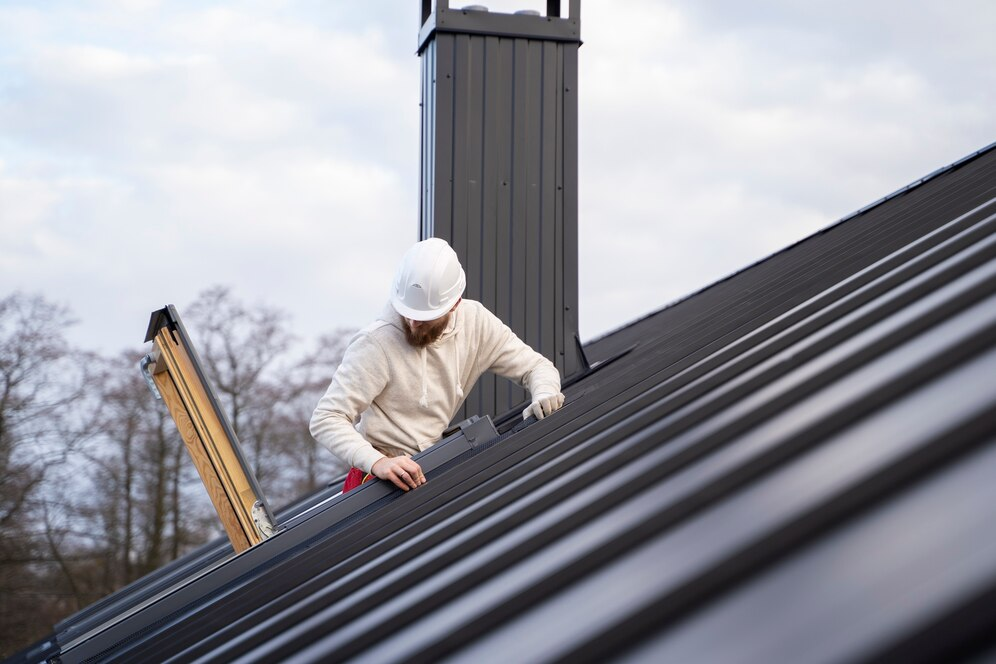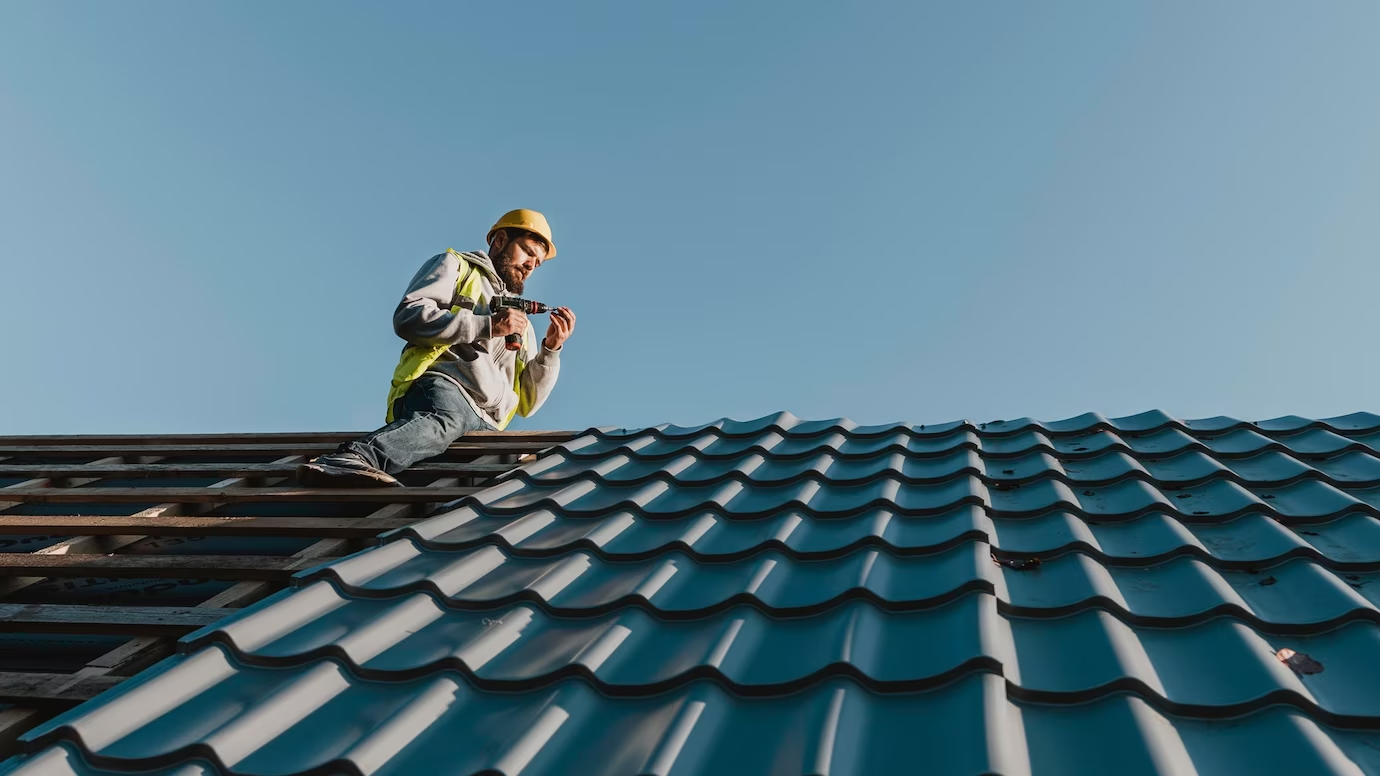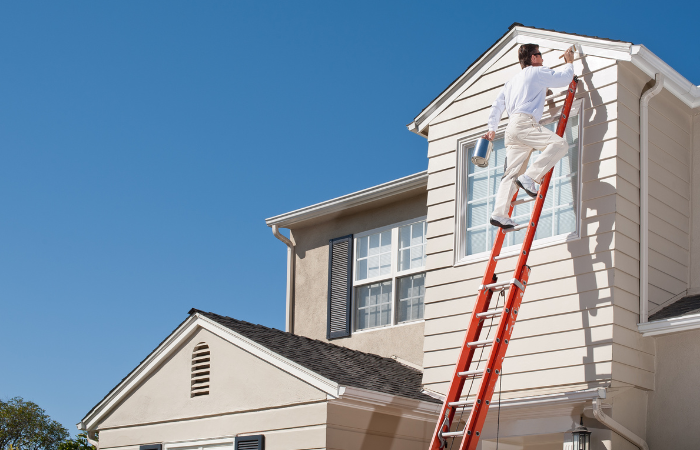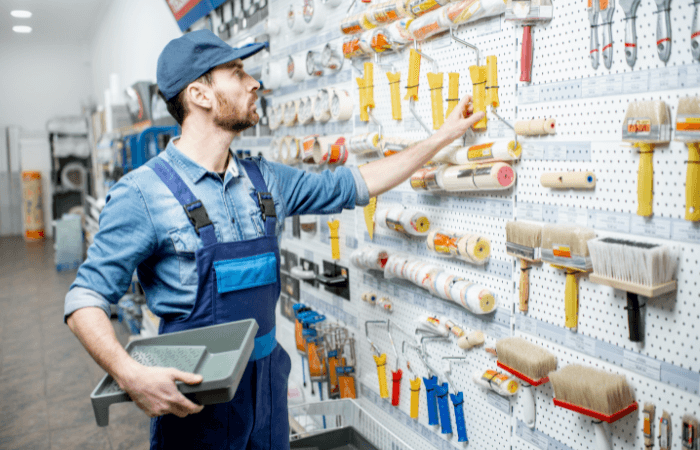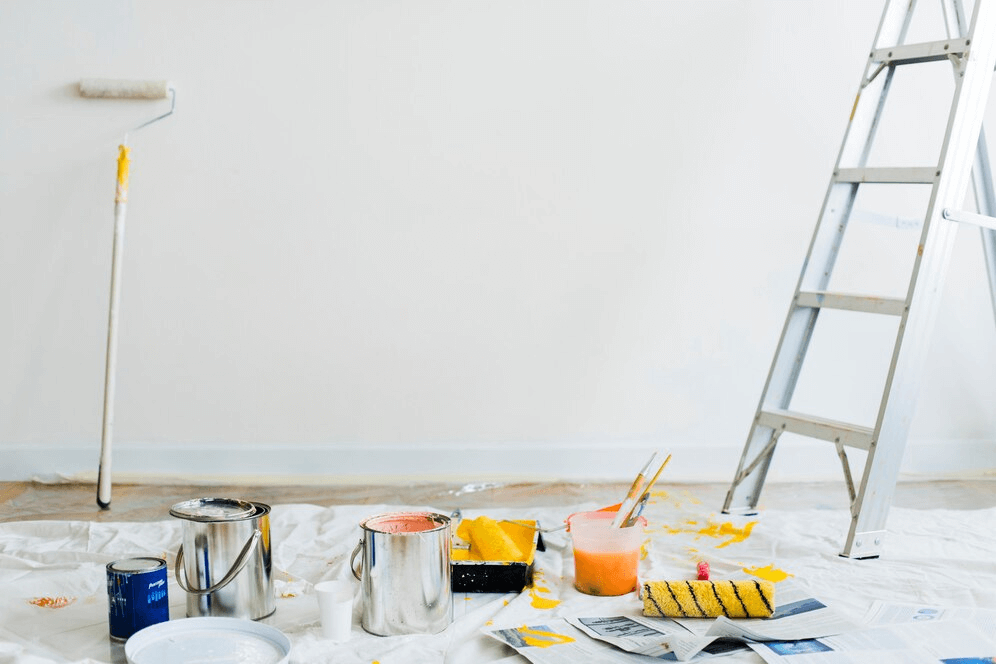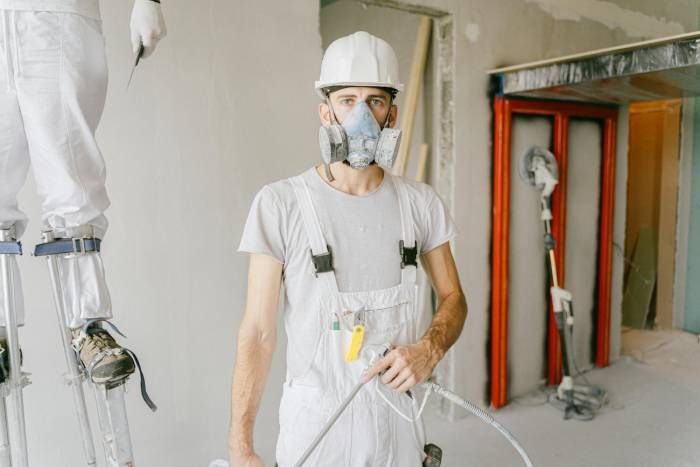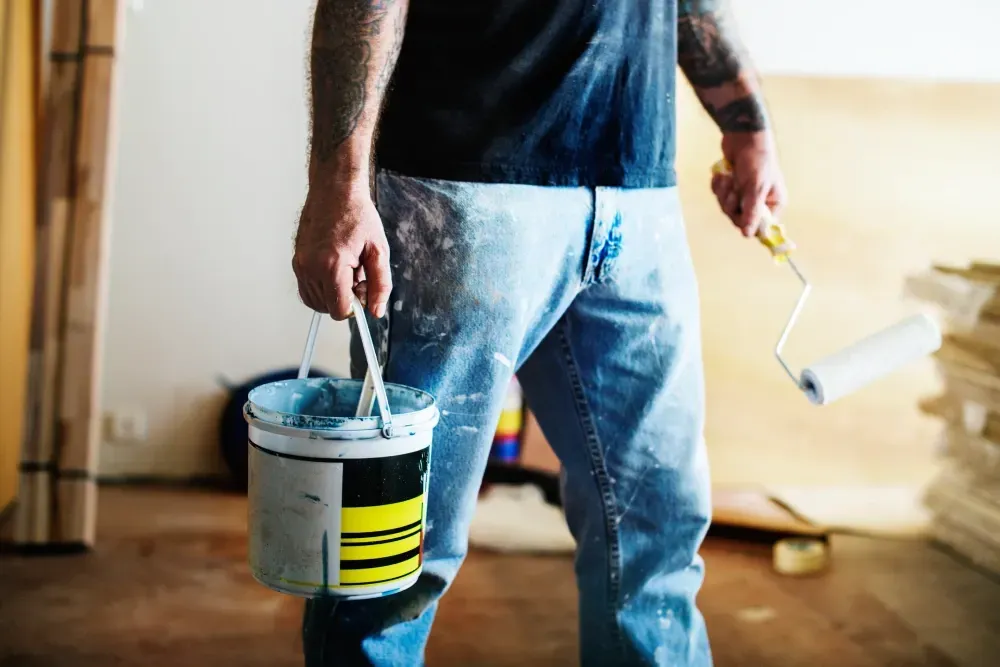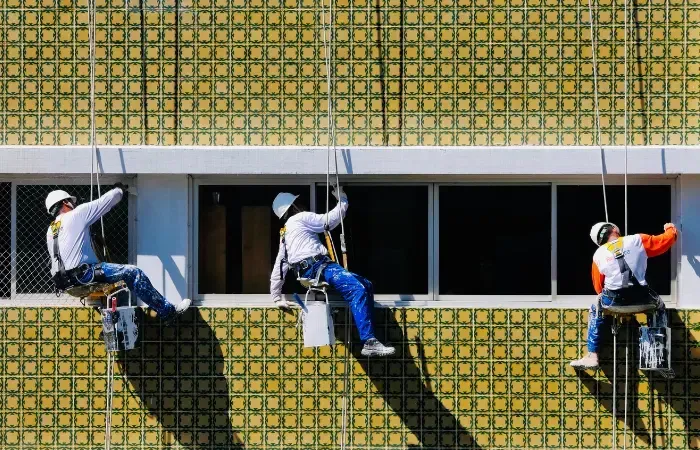Expert Tips from Long Island Painters for a Flawless Finish
Are you planning to have fresh paint on your home? We’ve got you covered! These expert tips from Long Island painters can help you achieve a flawless finish.
With the growing popularity of home improvements, adding a fresh paint coat to your home can help you regain your property’s curb appeal and make it feel more like your own. Coating your walls with paint that enhances aesthetics and protects you from elements while improving your property’s market value is essential. In this article, we’ll provide you with comprehensive tips on how to paint your home properly.
Painting Tips from Long Island Painters
Surface Preparation
The key to a flawless paint job begins with proper surface preparation. Clean the surfaces thoroughly to remove any dirt, grease, or dust. Fill in any holes or cracks with spackling compound and sand them smooth once dry. Use painter's tape to mask off areas you don't want to paint, such as trim or adjacent walls.
Quality Tools and Materials
Invest in high-quality paint, brushes, and rollers. Cheap brushes and rollers can leave streaks and bristle marks, ruining the finish. Opt for brushes with fine, synthetic bristles for smooth application, and choose rollers with the appropriate nap length for your surface (short nap for smooth surfaces, long nap for textured surfaces). Additionally, using a paint sprayer can provide a professional-looking finish, but it requires practice to use effectively.
Techniques
When applying the paint, use smooth strokes, even with the brush or roller. Avoid overloading the brush or roller with paint, as this can lead to drips and uneven coverage. Start by cutting in around the edges with a brush, then use a roller to fill in the larger areas. Work in small sections and maintain a wet edge to prevent visible lap marks where wet paint overlaps dry paint. Feather out the edges of each section to blend the paint seamlessly.
Multiple Coats and Drying Time
For a flawless finish, multiple thin coats of paint are often better than one thick coat. Allow each coat to dry completely before applying the next one, following the manufacturer's recommended drying times. Sand lightly between coats with fine-grit sandpaper to smooth out any imperfections and ensure good adhesion between layers. This extra effort will result in a more durable and professional-looking finish.
Use Primer
Applying a primer before painting can significantly improve the adhesion of the paint and enhance the final finish. Primer helps to seal porous surfaces, hide imperfections, and provide a smooth base for the paint to adhere to. Choose a primer that is compatible with both the surface you are painting and the type of paint you will be using.
Maintain Proper Ventilation
Adequate ventilation is crucial when painting indoors to ensure proper drying and to prevent the buildup of fumes. Open windows and doors to allow fresh air to circulate, and consider using fans to improve airflow. If painting in poorly ventilated areas, such as bathrooms or basements, use a respirator mask to protect yourself from harmful fumes.
Avoid Overworking the Paint
One common mistake that can lead to a less-than-flawless finish is overworking the paint. Once you apply the paint to the surface, avoid going back over it repeatedly or brushing/rolling it excessively. This can cause streaks, roller marks, or brush marks in the finish. Instead, apply the paint evenly in one direction and then leave it to dry undisturbed.
Inspect and Touch Up
After the final coat of paint has dried completely, carefully inspect the surface for any imperfections or missed spots. Use a bright light and angle it across the surface to reveal any flaws. Touch up any areas that need additional paint or correction, blending the touch-ups seamlessly with the surrounding paint. Taking the time for this final inspection and touch-up will ensure a truly flawless finish.
Use a Paint Extender/Additive
Adding a paint extender or additive to your paint can help improve its flow and leveling, resulting in a smoother finish. Paint extenders slow down the drying time of the paint, allowing it to level out and self-level more effectively, reducing the appearance of brush or roller marks. Additionally, they can help reduce the visibility of lap marks and increase the open time, making it easier to blend sections together seamlessly.
Work in Ideal Conditions
Painting in optimal environmental conditions can greatly contribute to a flawless finish. Avoid painting in extreme temperatures or high humidity, as these can affect the drying time and adhesion of the paint. Ideally, choose a day with mild temperatures (between 50-85°F or 10-30°C) and low humidity levels (between 40-70%). Additionally, ensure proper lighting in the area you're painting, as good lighting can help you spot imperfections and ensure even coverage.
Consider Using a Paint Conditioner for Brush Application
If you're using brushes for painting, especially in hot or dry conditions, consider using a paint conditioner. These products can help slow down the drying time of the paint, allowing it to flow more smoothly off the brush and reducing the likelihood of brush marks. Paint conditioners also help keep the paint workable for longer periods, making it easier to achieve a flawless finish, particularly when working with slower-drying latex paints.
Perform a Final Quality Check Before Finishing
Before considering the painting project complete, conduct a thorough final quality check to identify any imperfections or touch-up areas. Examine the painted surface from various angles and under different lighting conditions to ensure there are no visible flaws, such as brush marks, roller marks, or uneven coverage. Use a magnifying glass or flashlight to inspect the surface closely for any missed spots or inconsistencies. Addressing any issues during this final inspection will help achieve a truly flawless finish that meets your expectations.
Long Island Painters FAQs
How do I find a reputable Long Island painter?
Many people ask about the best ways to find reputable painters in the Long Island area. They may inquire about recommendations from friends or family, online reviews, or professional associations of Long Island.
What should I look for when hiring a Long Island painter?
Potential clients often seek guidance on what qualities and credentials to look for in a painter. They may ask about licenses, insurance, experience, references, and portfolios of past work.
How much does it typically cost to hire a painter on Long Island?
Cost is a common concern for those seeking painting services. The average rates for interior and exterior painting projects depend on several factors that influence pricing. However, we provide free estimates.
Do Long Island painters offer eco-friendly or low-VOC paint options?
Yes. J&S Paint Pros offers eco-friendly and low-COV paint options With increasing awareness of environmental concerns, some clients inquire about eco-friendly paint options that are readily available.
Conclusion
A professional suggestion for a flawless finish is to use coats of wall paint to increase the color. Apply a thick, well-layered base coat first, and then add lighter layers on top. If you’re looking for professional Long Island painters, J&S Paint Pros can help you coat your home interiors and exteriors. Contact us today.



